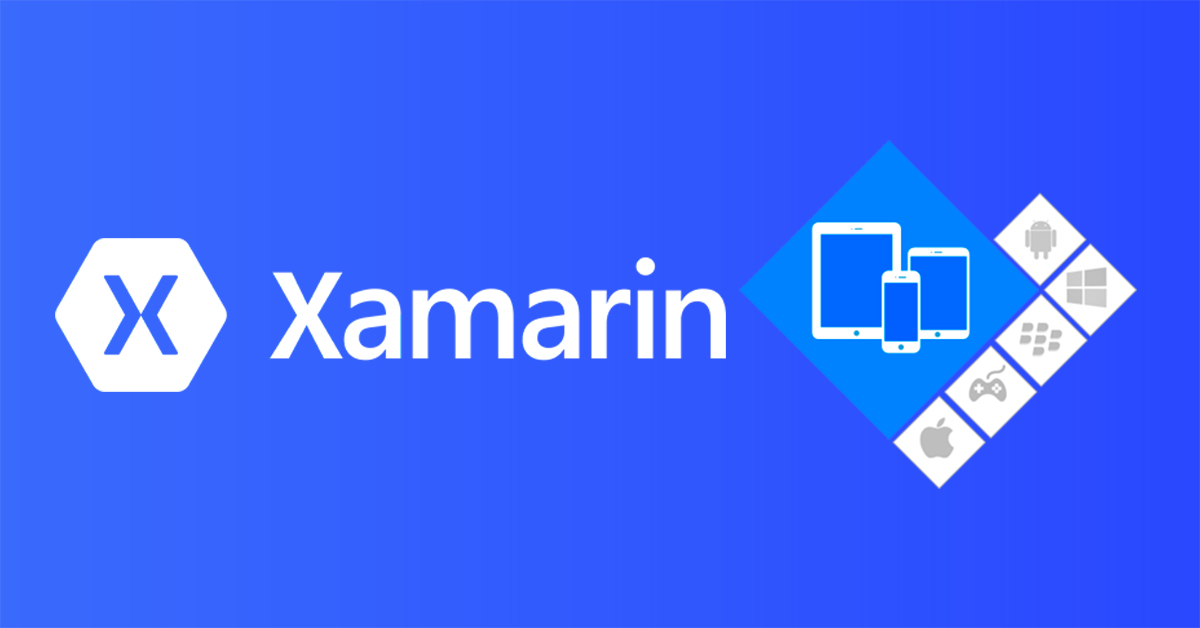
To do this, go to Settings on your device, look for Security menu, and then then check "Allow installation of apps from unknown sources.In such times of aggressive competition, no business has left any stone unturned therefore, to keep up with it, every feasible tactic has to be exercised in the market, and mobile applications have emerged victorious. To install your App, you must enable it to accept the App installation from the Settings.

Copy the file to your Android device’s physical memory or an SD card and then run the file from your device.Īndroid, by default, blocks installation of Apps that are not from PlayStore. apk file generated directly on a physical device. Manual installation involves installing the. The developer account is created once and costs $25 to get a license. To upload your App to the PlayStore, you need to have a developer account with Google. PlayStore is the largest market for Android apps. Then the users having Android devices can download and directly install your App on their devices. It involves uploading your apk file online as an attachment. There are 3 ways of publishing an App − Online Attachment Once finished, the apk file will be stored in your project folder /bin/Release. Next, click the Build Menu again and select Export Android Package(.apk). On Configuration Manager, set Active Solution Configuration to release the App. Go to Build Menu and select Configuration Manager This type of format is called an apk file.


Releasing Your Appīefore releasing your App, it is important to convert it into a format that can be read by an Android system. After completing the process of building your App, it’s important to use this App on a physical Android device or allow other people to download your App and install it on their devices.


 0 kommentar(er)
0 kommentar(er)
